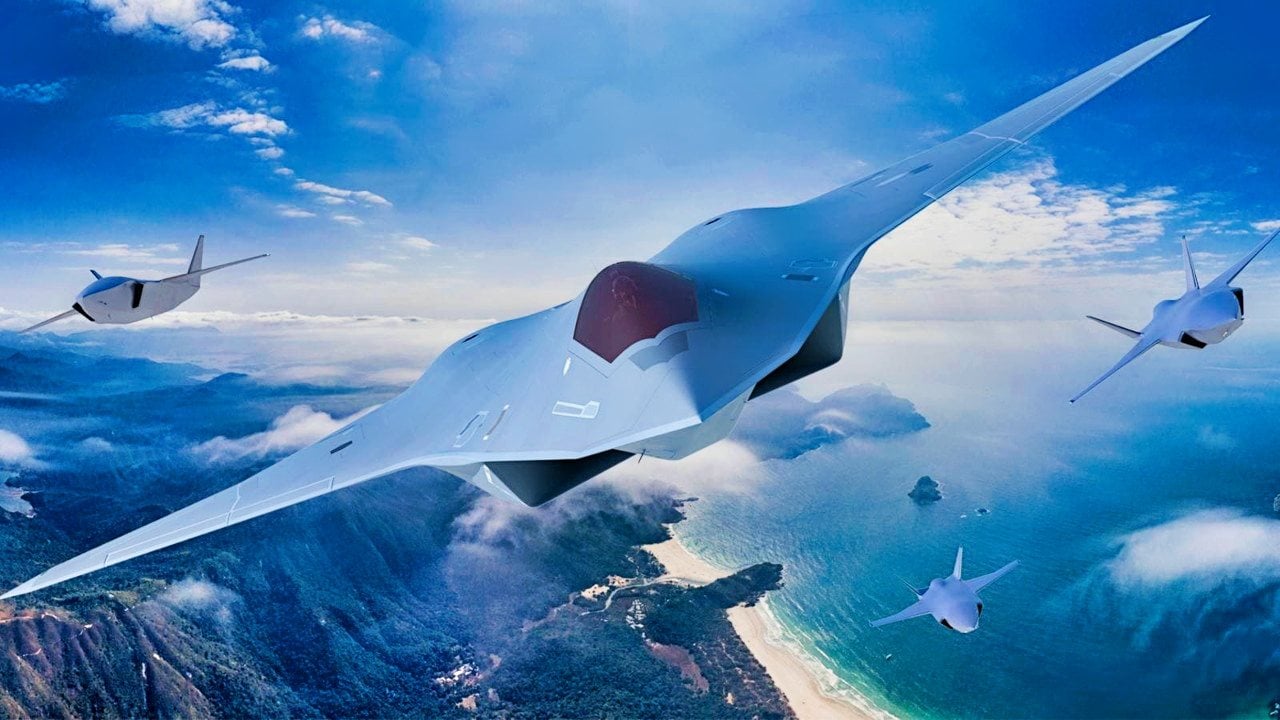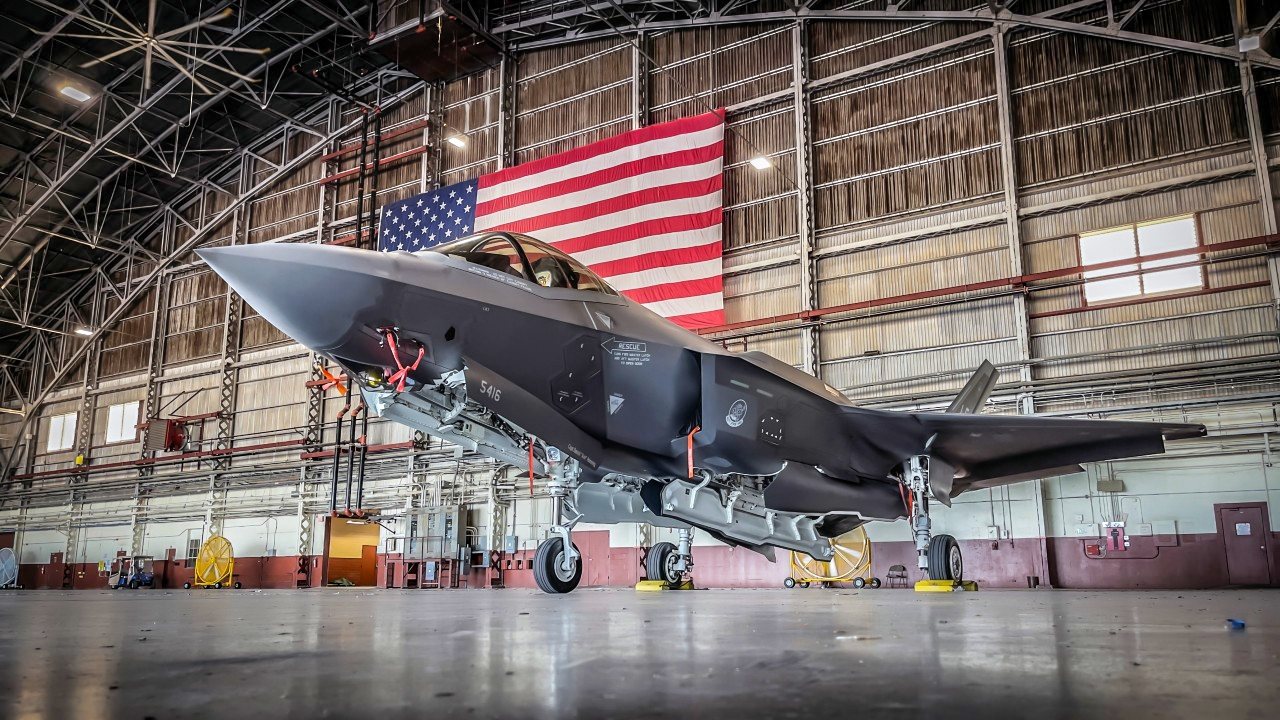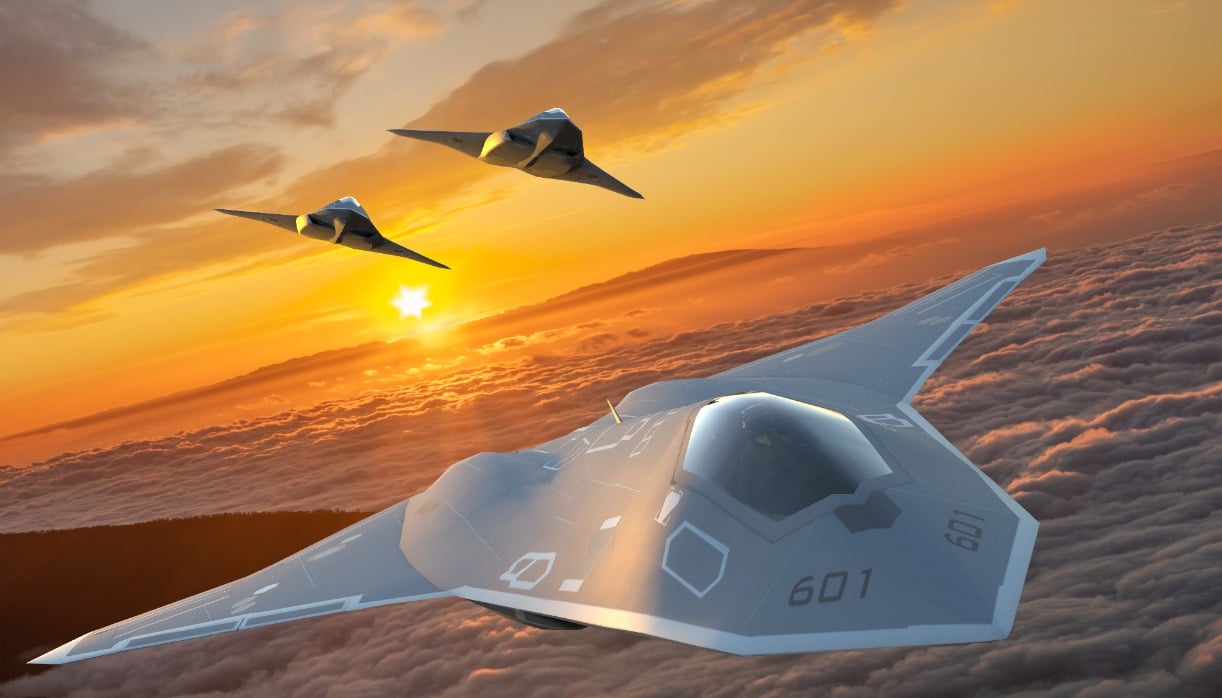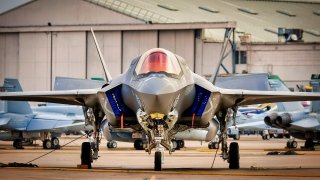F-35 vs. NGAD: What Is the Difference Between These Stealth Fighters?
The F-35 is the product of the Joint Strike Fighter (JSF) program. NGAD is a 6th Generation stealth fighter that will be even more capable.
What is the difference between the F-35 and NGAD? - The American-made F-35 Lightening II is widely touted as the world’s most advanced fifth-generation fighter to fly the skies.
Prior to its introduction, the U.S. Air Force’s F-22 Raptor was recognized as the most cutting-edge fighter of its kind. China and Russia have also developed their respective fifth-generation programs in recent years. The Chengdu J-20 and Sukhoi Su-57 reportedly retain stealth, super maneuverability, and supercruise functions similar to their American counterparts.
As technology advances rapidly, the potential for next-generation platforms has emerged. Washington and Beijing are already racing to develop their respective sixth-generation programs. According to the U.S. Air Force, its Next-Generation Air Dominance (NGAD) program will blow competitors out of the water.

But what are the differences between the NGAD and fighters like the F-35? Here, we try to break that down:
Introducing the F-35 Joint Strike Fighter
The F-35 Lightning II is the product of the Joint Strike Fighter (JSF) program.
The merged JSF project combined the Common Affordable Lightweight Fighter and Joint Advanced Strike Technology projects to create a collaborative strike fighter.
In fact, the JSF was intended to replace a wide array of existing jets flown by the U.S., the United Kingdom, Italy, Australia, Canada, Norway, the Netherlands and formerly Turkey.
Back in the early 1990s, this program first emerged following the cancellation of the U.S. Air Force’s Multi-Role Fighter and the Navy’s Advanced Fighter-Attack programs.

Initially, both Lockheed Martin and Boeing competed to win the JSP contract. Ultimately, the former was declared the winner back in 2001.
Specs and capabilities
The F-35 is powered by the Pratt & Whitney F135 engine, which gives the fighter a top speed of Mach-1.6. While this number may not be as high as the Lightening II’s Raptor predecessor, the fighter sports a litany of other unmatched capabilities.
Each F-35 airframe is equipped with a sophisticated sensor fusion, which provides a single integrated image of the battlefield that can improve the situational awareness for pilots. Additionally, the 360-degree Distributed Aperture System and long-range electro-optical targeting technology enable the airframe to detect threats much more quickly.

Across all three F-35 variants designed for the Air Force, Navy, and Marine Corps, the standard weapons payload is quite formidable.
Each variant can carry two AIM-120C/D air-to-air missiles and two 1,000 pound GBU-32 JDAM guided bombs. Lockheed Martin has also developed an advanced internal weapons carriage that will eventually enable the fighter to host an addition two missile internally.
The F-35’s ability to engage both airborne and ground-based targets truly makes it a cutting-edge platform.
An overview of the upcoming NGAD program
Although the F-35 is considered top-tier, the Air Force is working hard to further develop its sixth-generation platform - the NGAD.
Intended to replace the Raptor, the NGAD derived from Defense Advanced Research Project Agency (DARPA) studies conducted back in 2014 to explore new aerial concepts for the U.S. military.
The overarching objective of the NGAD program is to provide the service with air dominance. The technologies that will be prioritized in designing this next-generation system include stealth, thermal management of th aircraft signature, advanced weapons and propulsion.
What (little) we know about the NGAD?
Perhaps one of the most significant limitations of America’s current fighter platforms is short-range capabilities. If a future war does break out between Washington and Beijing over Taiwan, the U.S. will need airframes that can be positioned within easy striking distance of Chinese land-attack missiles.
For this reason, analysts and industry experts largely assume the Air Force will produce both short and long-range NGAD variants. However, many other details surrounding the sixth-generation program remain under wraps.
One of the most critical chances that the NGAD will incorporate is the addition of unmanned aircraft. Unlike the single fighter designs that currently exist, the NGAD will employ Collaborative Combat Aircraft. These unmanned aerial vehicles (UAVs) will serve as “wingmen drones” to the sixth-generation fighter.

While the eventual arrival of the NGAD program (likely by 2030) will once again give the U.S. air superiority over its adversaries, America could be dragged into war before this time period. Also, Beijing is steadily working on its own NGAD program, which could ultimately beat the Air Force’s time schedule.
In the meantime, the F-35s will continue to dominate the skies and provide the U.S. with the fighter capabilities necessary in case of conflict.
Maya Carlin is an analyst with the Center for Security Policy and a former Anna Sobol Levy Fellow at IDC Herzliya in Israel. She has by-lines in many publications, including The National Interest, Jerusalem Post, and Times of Israel. You can follow her on Twitter: @MayaCarlin.
All images are from Shutterstock.


